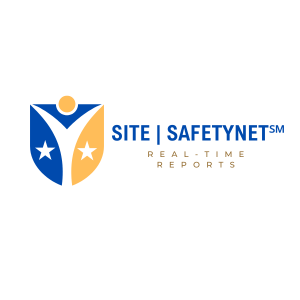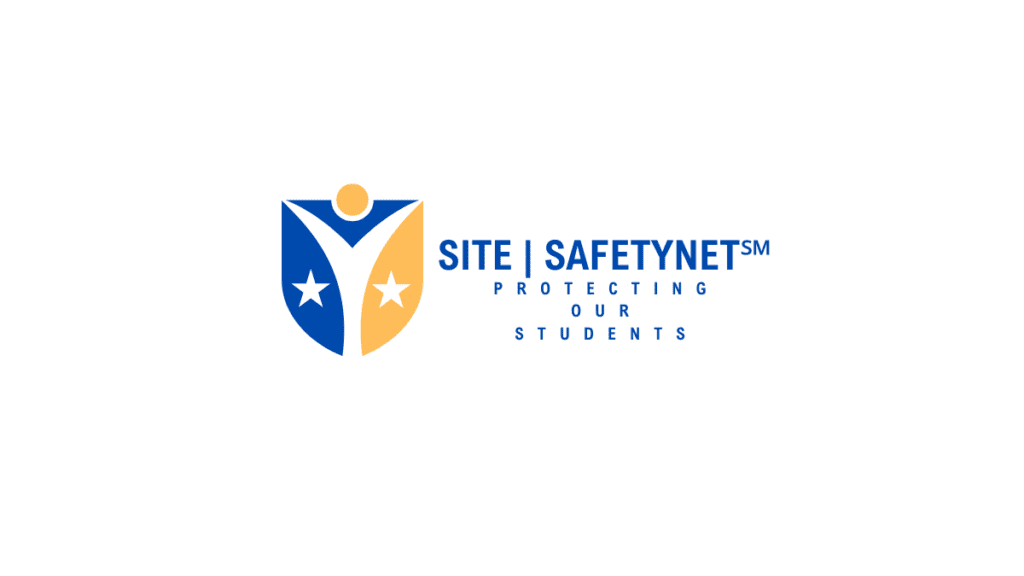 By Robert Jordan, Founder of SITE|SAFETYNET℠
By Robert Jordan, Founder of SITE|SAFETYNET℠
If you had a blank canvas to design a new school, how would you create it to minimize the risk of a school shooting? Designing a school like a medieval castle with fortified walls might seem an option, but history shows that such rigid structures often become liabilities. Instead, a flexible and open campus offers more benefits.
The Flaws of Fortress Design
Fortresses, with their defined attributes, are vulnerable to innovative attackers. As homeland security expert Jack Anderson points out, fortifications can concentrate risk and create predictable targets. This predictability can make it easier for assailants to plan and execute attacks during high-traffic times like arrival and dismissal.
Imagining a Future School Campus
Modern school security consultants often advocate for “Crime Prevention by Environmental Design” (CPTED). While CPTED can reduce property crimes, it has not been proven effective against violent crimes like school shootings. School shooters often have personal grievances and are familiar with the school environment, making opportunistic security measures less effective.
Benefits of an Open Campus
-
Flexibility and Adaptability:
-
Open campuses eliminate chokepoints, reducing predictable patterns and providing multiple escape routes.
-
-
Improved Visibility:
-
Ample windows and open spaces enhance visibility, allowing staff and students to spot potential threats sooner.
-
-
Rapid Evacuation:
-
In emergencies, quick evacuation can save lives. For example, during the Sandy Hook tragedy, a student who ran from the classroom survived, highlighting the importance of immediate exits.
-
Practical Implementations
-
Multiple Exits:
-
Ensure every room has at least two exits to prevent entrapment.
-
-
Emergency Slides:
-
Equip multi-story buildings with slides to facilitate rapid evacuations.
-
-
Green Spaces:
-
Incorporate green spaces to disperse student gatherings and reduce potential targets.
-
Real-World Examples
Studies of school shootings show that 70% of incidents happen outside, yet twice as many total victims are shot inside the school. An open campus allows students to spread out and escape, whereas a fortified, rigid structure can trap them inside with an assailant.
Conclusion
Creating a safe school environment requires innovative and flexible design strategies. Moving away from fortress-like designs and embracing open, adaptable campuses can better protect students and create a more welcoming educational environment.
For more insights on enhancing school safety, visit SITE|SAFETYNET℠ and refer to the insights provided by David Riedman on his website, K-12 School Shooting Database. Join us in our mission to safeguard our schools and support our children’s futures.
Perry High School Tragedy: A Call for Enhanced School Safety Measures and Community Resilience

